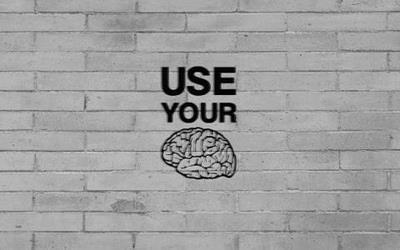
Myths About Malevolence OCDĪs if having MOCD weren’t enough, there are unhelpful beliefs about it that compound the difficulty. As we’ll discuss later on, beating OCD means refusing to play its game. When we aim for certainty, OCD always holds the trump card.

This uncertainty-or rather, the effort to eliminate uncertainty-is what fuels OCD. When it comes right down to it, it’s hard to be completely sure of anything. In fact, the quest to be 100% certain I won’t do what I’m afraid of is a big part of what makes it OCD. After all, how do I know I don’t want to hurt someone? And what if I don’t want to right now but then have a sudden urge that I act on without thinking? Or what if I just “lose it” and snap? What if I’ve been pretending all along to be “normal”? I’m fully aware that trying to distinguish between these two categories, important as it is, will almost certainly feed the doubt in those who have this form of OCD. But How Do You Know for Sure You’re Not a Terrible Person? And yet the thoughts come back, over and over. To actually commit such a heinous act would be the worst thing imaginable. Even thinking about the possibility is upsetting. People with MOCD usually say hurting someone else is the last thing they would want to do. The person may try to resist those urges because of the likely consequences, but not because the idea of acting on the thoughts or urges is incredibly unsettling. A person who is actually dangerous may have a history of assault and will feel a desire to hurt others. It’s important to distinguish between OCD about maliciously hurting others and a truly high risk for causing harm. Let’s take a closer look at this form of OCD and how it can be treated effectively (yes, it can).

In MOCD, these obsessions and compulsions happen over and over, taking up an incredible amount of mental space and filling my days with fear and dread. I’m also left feeling like I must be really messed up.

First, I’m triggered by a fear: What if…? I then do several things that are meant to prevent what I’m afraid of: I put down the knife, encourage my brother to stay out of the kitchen, try not to think about it, and say a short prayer. This example has many of the common features of OCD.
#I think my brain just committed free#
Feel free to keep watching the game.” I wait until he’s out of the room before picking up the knife again. What if I stab him in the back? God forbid I think to myself as I shudder at the thought and try to put it out of my mind- Who thinks such things? I set the knife aside for a minute and say, “I’m good, but thanks for offering. I’m about to ask him to wash the broccoli when an image suddenly comes to mind of him standing at the sink with his back to me and me holding the knife behind him. My brother comes in the kitchen and asks me if I need any help. I’m standing in the kitchen chopping vegetables. The person often feels temporary relief after a compulsion. All of us want to avoid anxiety and prevent bad things from happening if possible, so the person will do something-the compulsion-to try to make sure s/he doesn’t hurt anyone. Like any type of OCD, MOCD starts with a thought: What if I do something awful to another person? That thought is the obsession, which triggers anxiety since it would be terrible to do what the person fears. I call this form of OCD “Malevolence OCD” (MOCD) because the person fears doing something truly evil. Rather than fearing that they or someone they love will be a victim, they are gripped with terror that they themselves might commit some horrific act. We might also fear for our loved ones’ safety, or our own.įor some individuals with obsessive-compulsive disorder (OCD), the fear can take on a very different quality.

We probably feel revulsion when we hear about these things, wondering how a person could do something so despicable. It’s hard to turn on the news without hearing about violent assaults, murders, and sexual abuse.


 0 kommentar(er)
0 kommentar(er)
